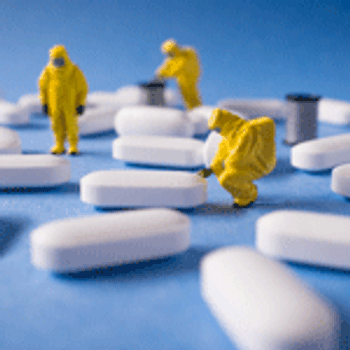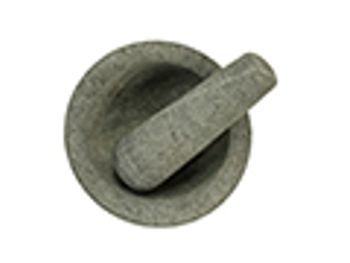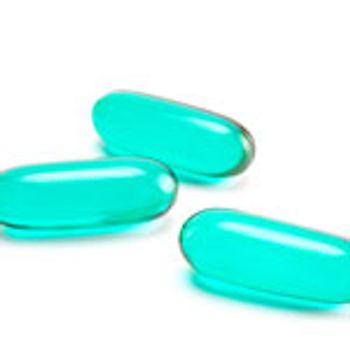
The new center expands the company’s R&D capabilities and will help it advance its portfolio of rare disease gene therapy programs.

The new center expands the company’s R&D capabilities and will help it advance its portfolio of rare disease gene therapy programs.

Research from data and analytics company GlobalData shows that CAR-T cell therapy innovations across APAC will make the global market for these therapies more competitive.

FDA issued a notice to drug compounders regarding the transition of licensure of biologics to the Public Health Service Act.

A guidance document answers questions regarding the transition of biologics applications from under the FD&C Act to the PHS Act.

Assays can provide a useful tool in determining the potential toxicity of drugs throughout the development cycle.

Metrology has the potential to not only prevent harm to patients but also to support innovative therapeutic options.

The huge potential of biopharma is presenting an important epoch for outsourcing partners that can support the development and manufacture of biologics in an efficient way.

Can investing in early formulation studies drive a new therapy successfully across the commercialization finish line?

Formulating fixed-dose combination drugs proves more complex than simply adding one ingredient to another.

Perrigo will be producing a limited amount of the generic inhaler medication but will accelerate production to meet future demands in collaboration with Catalent.

Researchers at the Technical University of Munich (TUM) have discovered a way of continuously and precisely dosing active agents using an oil-hydrogel mixture.

As the date for transitioning the approval of biologic drug to a new pathway comes closer, FDA publishes a final rule and answers questions on the pathway changes.

WuXi Vaccines, WuXi Biologics’ joint venture with Shanghai Hile Bio-technology, has signed a 20-year vaccine manufacturing contract with a global vaccine leader for $3 billion.

Sanofi will use a recombinant DNA platform that produces a genetic match to proteins found on the surface of COVID-19 to formulate the vaccine.

The agency is taking steps to monitor the supply chain and assist in the development of treatments.

The companies have entered into a global licensing and collaboration agreement to commercialize ReForm excipients used in biotherapeutic formulations.

Jim Walter will take on the role of vice-president of operations for Catalent’s Oral and Specialty Delivery business.

The company will showcase the syriQ BioPure syringe in a 2.25-mL format for autoinjectors at Pharmapack in Paris, France from Feb. 5¬¬–6, 2020.

The research community is moving quickly to launch clinical trials of potential countermeasures, while regulatory authorities aim to support product development through regulatory flexibility.

The two agencies are collaborating to support a robust biologics marketplace by taking steps to deter anti-competitive business practices.

FDA published draft guidance for applicants seeking licensure of a proposed biosimilar or proposed interchangeable biosimilar.

The vaccine is designed to provide active immunity against the influenza A (H5N1) strain and can be easily deployed in a pandemic event.

Lipid-based solutions offer a natural approach to improving the solubility of cannabinoid-derived products.

This paper discusses what causes cross-linking, how cross-linking is addressed with addition of enzymes, and consideration for occasional high results that can be obtained during release testing.

The need for manufacturing speed inspires contract manufacturers to explore advanced processing technologies.